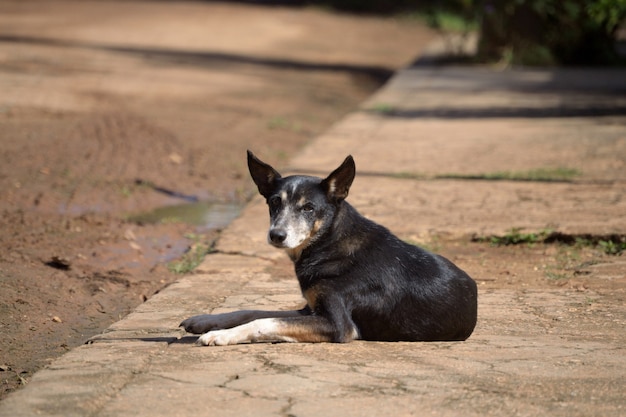African Wild Dog Facts

African wild dogs, also known as painted dogs, are an endangered species.
These beautiful creatures live in sub-Saharan Africa.
African wild dogs are highly social animals, living and hunting in packs.
Each wild dog pack typically consists of 10-15 individuals.
They have a unique coat pattern with patches of different colors, making each dog easily identifiable.
Unlike some other canines, African wild dogs have only four toes on each foot.
These fascinating animals communicate through vocalizations, facial expressions, and body movements.
Wild dogs are incredibly fast runners, reaching speeds of up to 44 miles per hour.
African wild dogs have a success rate of about 80% in hunting, making them highly efficient predators.
They primarily feed on medium-sized antelopes but are opportunistic and will eat other small prey.
Wild dogs have a specialized hunting strategy called exhaustion hunting, where they continuously pursue their prey until it becomes too exhausted to escape.
African wild dogs’ large rounded ears help them locate prey and communicate with pack members over a long distance.
These dogs have a gestation period of about 70 days and usually give birth to a litter of 6-16 pups.
African wild dog packs take care of the pups collectively, with older individuals often babysitting and providing food for them.
The survival rate of wild dog pups is relatively low, as they face threats from predators such as lions and hyenas.
African Wild Dog Facts part 2
Despite their fierce reputation, African wild dogs are generally non-threatening to humans unless provoked.
They play a crucial role in maintaining the ecological balance as top predators in their ecosystems.
The decline in wild dog populations is mainly due to habitat loss and fragmentation.
Conservation efforts are underway to protect these magnificent animals and their natural habitats.
Deforestation and human encroachment are major challenges faced by wild dogs.
African wild dogs are highly susceptible to diseases, making them vulnerable to outbreaks such as canine distemper.
They have a unique social hierarchy within the pack, with dominant individuals leading and subordinates following.
When a pack is ready to hunt, they engage in an elaborate ritual, which includes excited vocalizations and touching each other with their muzzles.
African wild dogs have a high-pitched, haunting call that sounds similar to a hoo-hoo.
The blend of colors on their coat serves as camouflage, making it difficult for prey to track their movements.
African wild dogs have a strong sense of smell, allowing them to track prey from long distances.
They have large, sharp teeth and powerful jaws, which they use to bring down and tear apart their prey.
Wild dogs have excellent endurance and can run for long distances without tiring.
Unlike wolves, African wild dogs do not have an alpha male and female; instead, both genders have equal social status.
In ancient Egyptian mythology, African wild dogs were revered and often associated with protection and fertility.
Wild dogs have large litters to compensate for the high mortality rate of their pups.
Researchers have identified 14 different vocalizations used by wild dogs to communicate different messages within the pack.
African wild dogs are highly intelligent and show problem-solving abilities.
These dogs have a strong sense of teamwork, cooperating with one another during hunts.
They have a naturally lean body structure and long legs, ideal for chasing prey.
Wild dogs are known to exhibit grooming behavior as a form of bonding within the pack.
They are excellent swimmers and readily take to water, when necessary.
African wild dogs have a lifespan of around 10-12 years in the wild.
The IUCN Red List classifies African wild dogs as endangered, with a population decrease of more than 20% in the past 25 years.
Loss of genetic diversity is a significant concern for the survival of African wild dogs.
Wild dogs have been known to move up to 50 kilometers per day in search of food.
Each dog in a pack has a unique coat pattern, just like human fingerprints.
African wild dogs have a strong bond with their pack members, and they display affectionate behaviors such as nuzzling and licking.
Unlike domesticated dogs, wild dogs have a relatively low barking frequency.
By learning more about African wild dog facts, we can raise awareness and contribute to their conservation.
